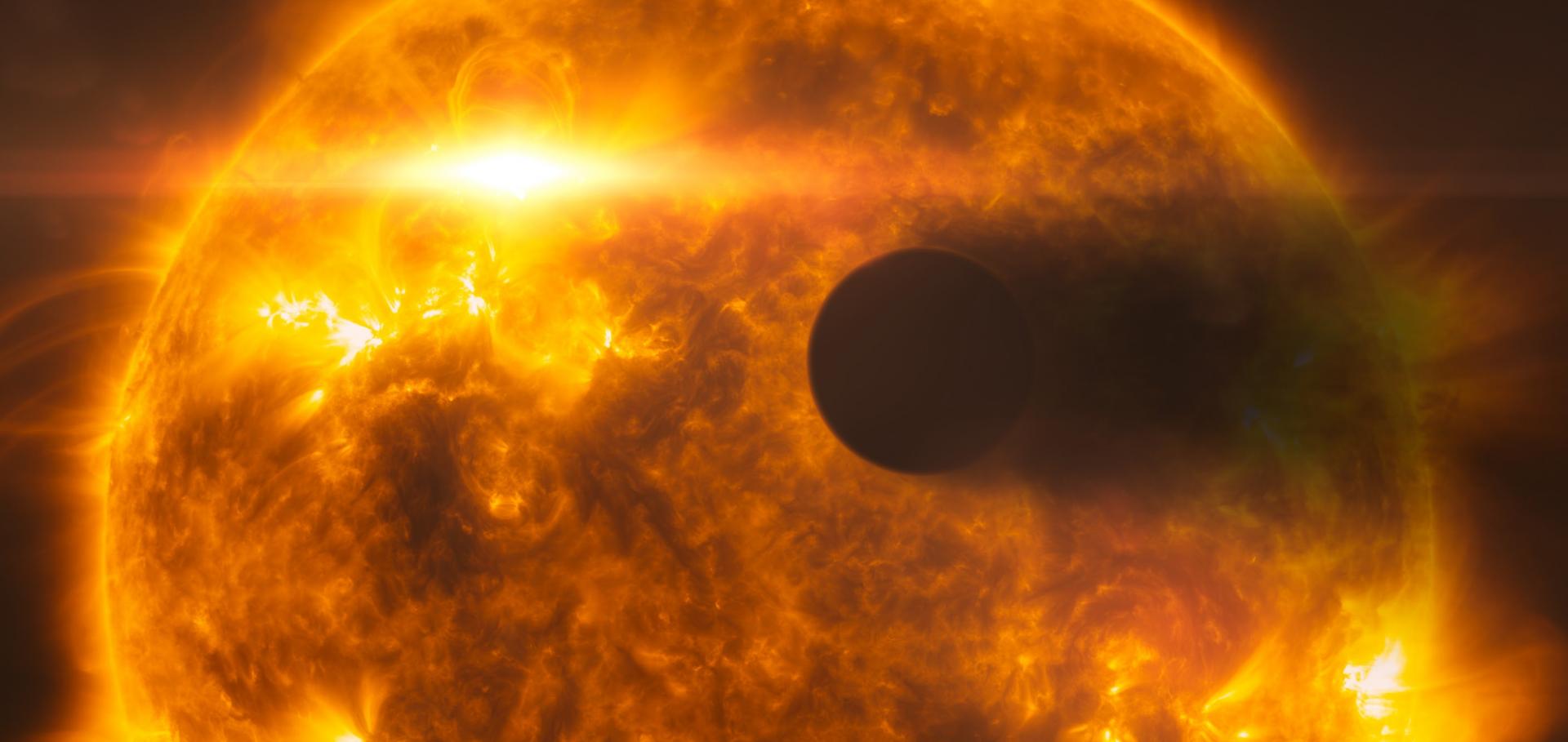Statistics of Stellar Variability from Kepler-I: Revisiting Quarter 1 with an Astrophysically Robust Systematics Correction
Astronomy and Astrophysics 539 (2012) A137
Statistics of Stellar Variability in Kepler Data with ARC Systematics Removal
NEW HORIZONS IN TIME-DOMAIN ASTRONOMY (2012) 364-+
Transiting exoplanets from the CoRoT space mission XXI. CoRoT-19b: A low density planet orbiting an old inactive F9V-star
(2011)
Transiting exoplanets from the CoRoT space mission - XIX. CoRoT-23b: a dense hot Jupiter on an eccentric orbit
(2011)
Statistics of Stellar Variability from Kepler - I: Revisiting Quarter 1 with an Astrophysically Robust Systematics Correction
(2011)


